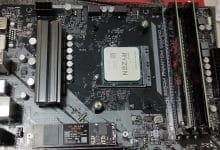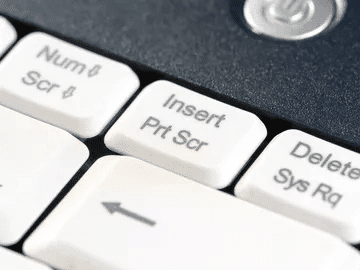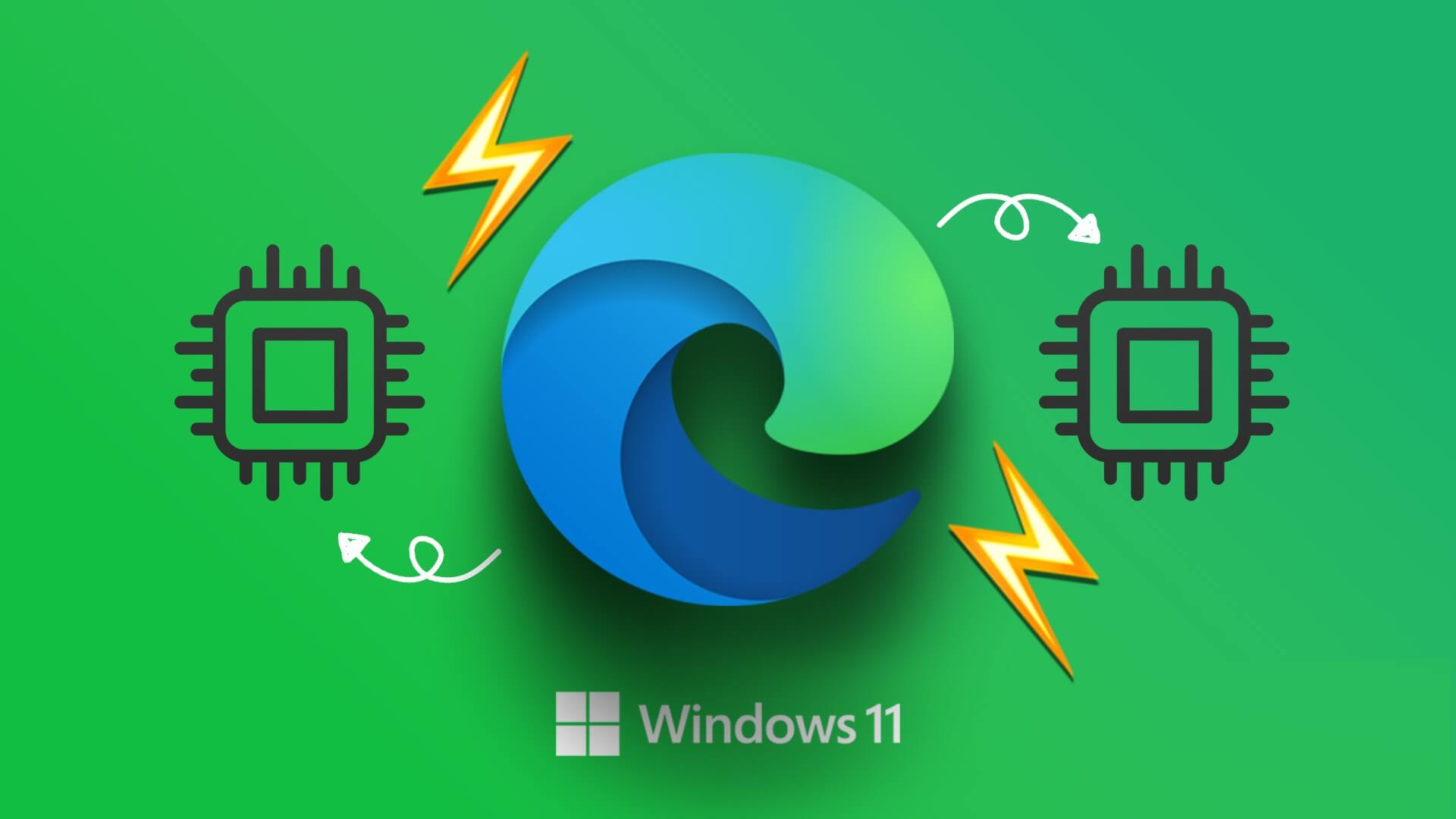This can be exacerbated when the internet on your computer starts working. Windows provides you with easy-to-use troubleshooting tools toDiagnose and fix most network-related problemsHowever, things can get confusing when the troubleshooter displays a "DNS server not responding" error with no specific solution. If usual tricks like restarting your computer or router don't help, you can use the troubleshooting tips below to fix the DNS server not responding issue on Windows 11.

1. Disable third-party antivirus
Third-party antivirus programs (such as AVG, Avast, McAfee, etc.) can sometimes interfere with your network connection, causing such issues. Therefore, before moving on to advanced solutions, you should try disabling your antivirus for a while.
If this works, you should consider using Windows Security until the issue is resolved by the publisher.
2. Update network drivers
The network adapter drivers on your computer are responsible for communication between Windows and your network connections. If These drivers are corrupted or outdated. Updating it will help fix the “DNS server is not responding” error.
Step 1: Click the search icon in the taskbar, type device manager and select the first result that appears.
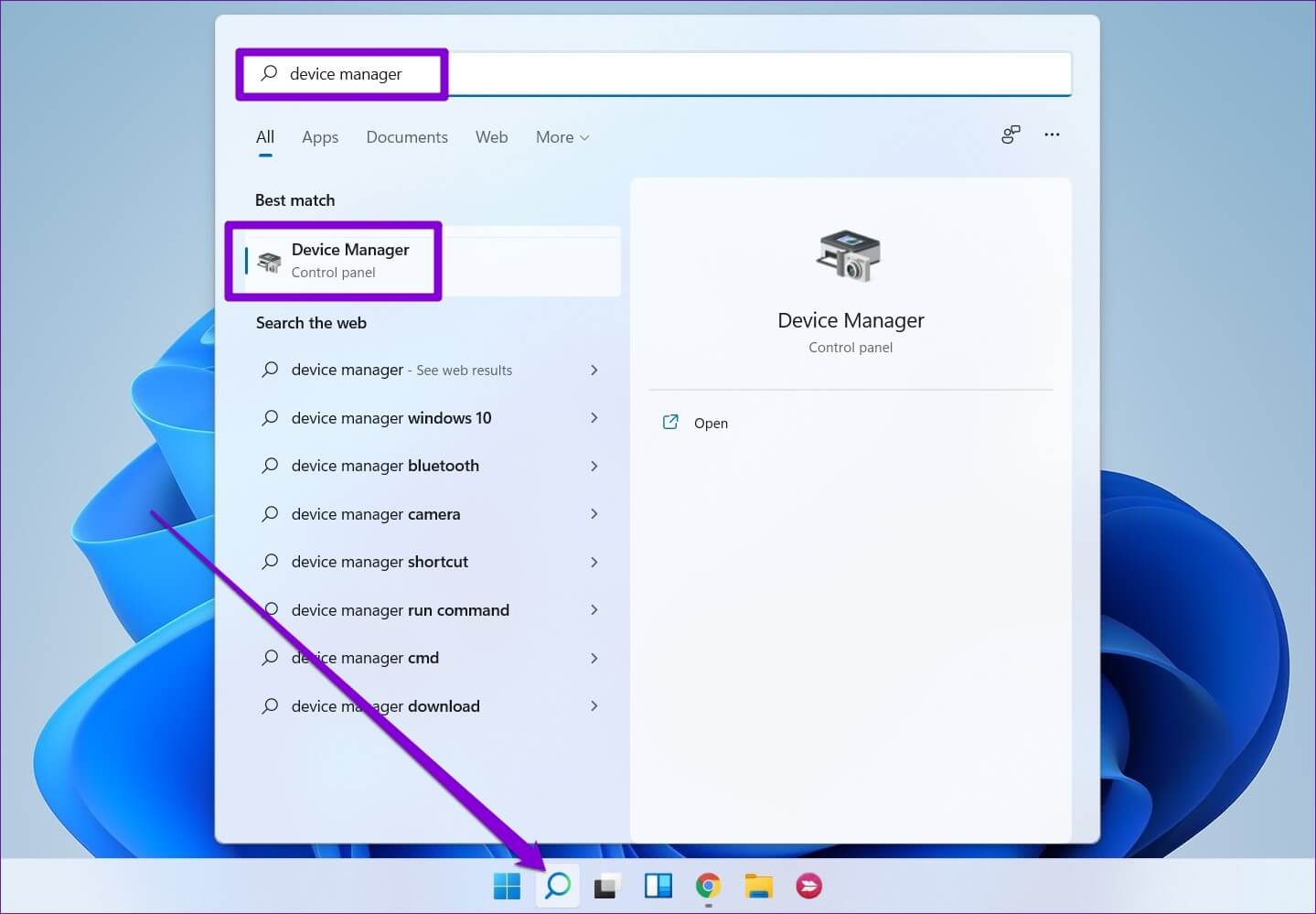
Step 2: Expand the network adapter, right-click on the problematic device and choose the Update driver option.
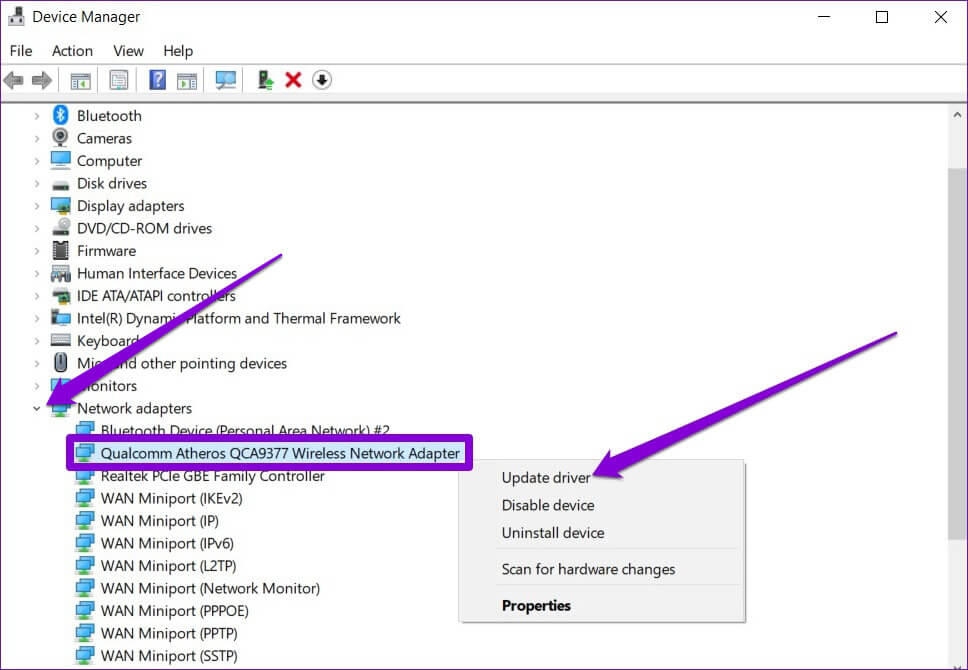
From there, follow the on-screen instructions to finish updating the driver.
3. Check Windows Services
Windows has a service for almost every function. It runs every time your computer boots up. The DHCP client is one of these services that needs to run in the background for DNS to function. If the service has a problem, restarting it should help put things back on track.
Step 1: Press Windows key + R to open the Run dialog box, type services.msc, and press Enter.
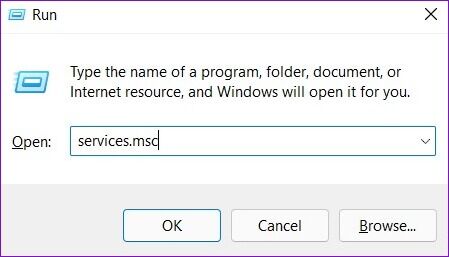
Step 2: In the Services window, locate the DHCP Client. Right-click it and select Restart from the menu.
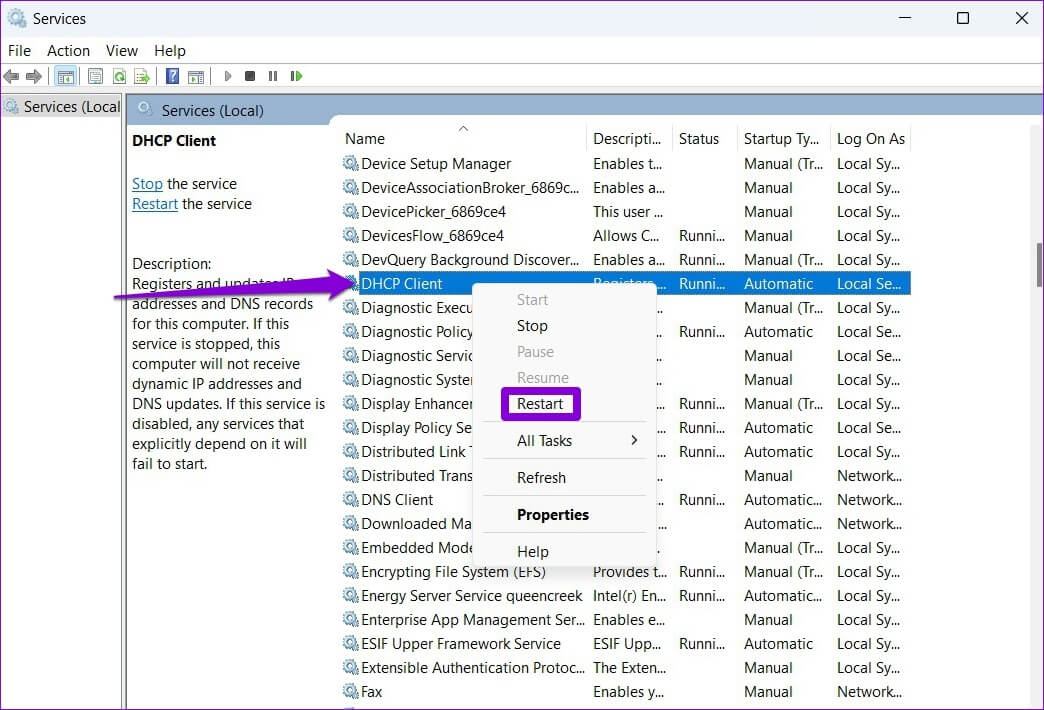
Check to see if the DNS server issues are resolved.
4. Flush and refresh DNS
If DNS issues are caused by a corrupted DNS cache or misconfigured settings, you can try flushing and renewing your DNS to see if that helps.
Step 1: Press Windows key + S to open the search menu, type cmd, and click Run as administrator.
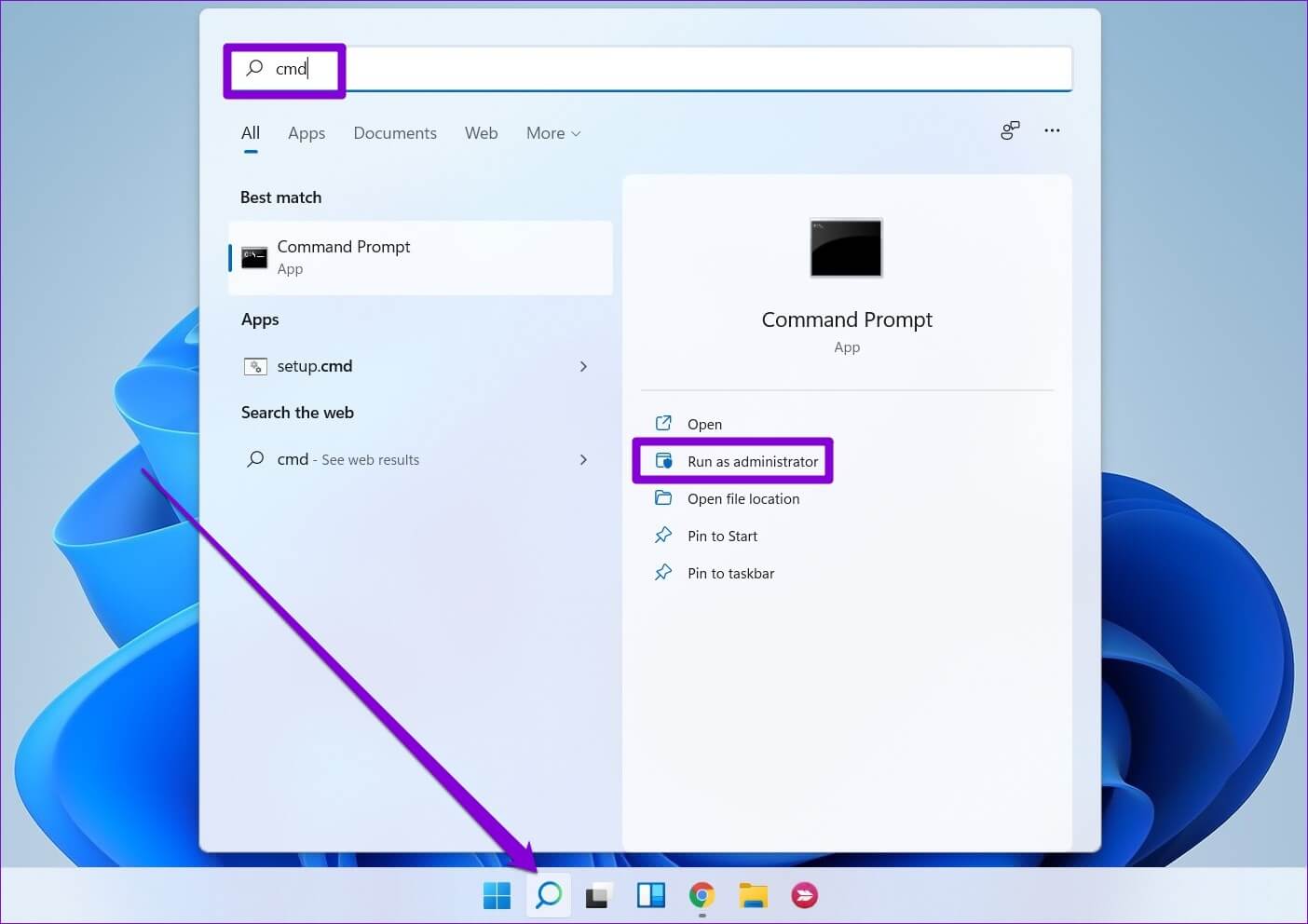
Step 2: In the console, execute the following commands individually and press Enter after each command.
ipconfig /flushdns ipconfig /registerdns ipconfig /release ipconfig /renew
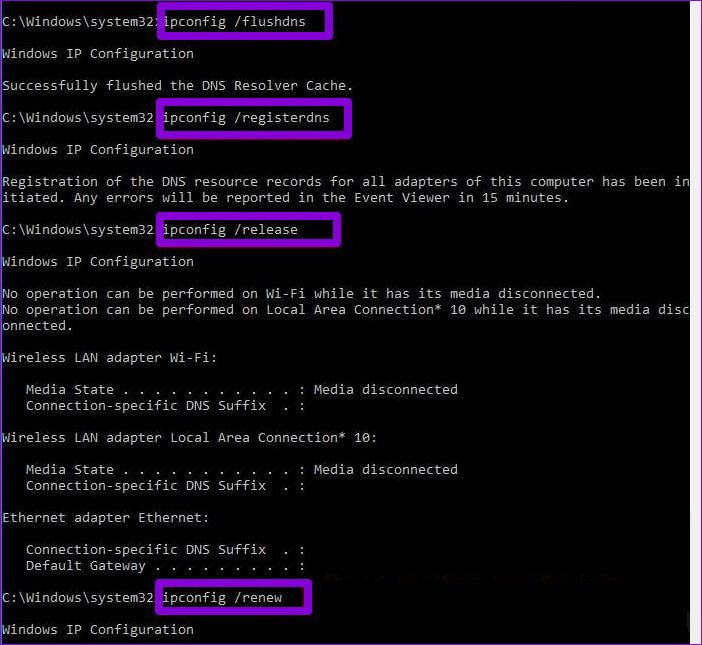
Step 3: Finally, run the following command:
netsh winsock reset
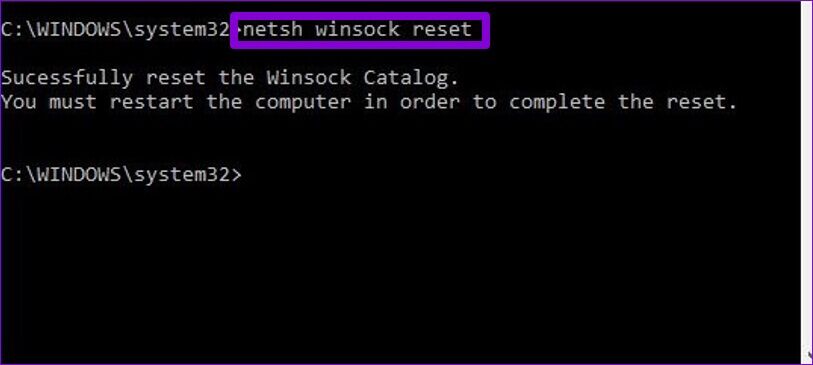
After running the above commands, restart your computer. Then check to see if the DNS server issues persist.
5. Change the DNS server
By default, Windows uses the DNS server set on your router. So, if there's a problem with your default DNS servers, switching to Google's public DNS servers will help. Here's how.
Step 1: Press Windows key + R to launch the Run dialog box, type ncpa.cpl, and press Enter.
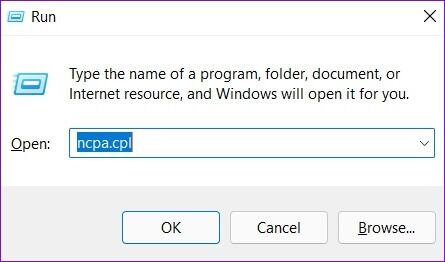
Step 2: In the Network Connection window, right-click your Internet connection and select Properties.
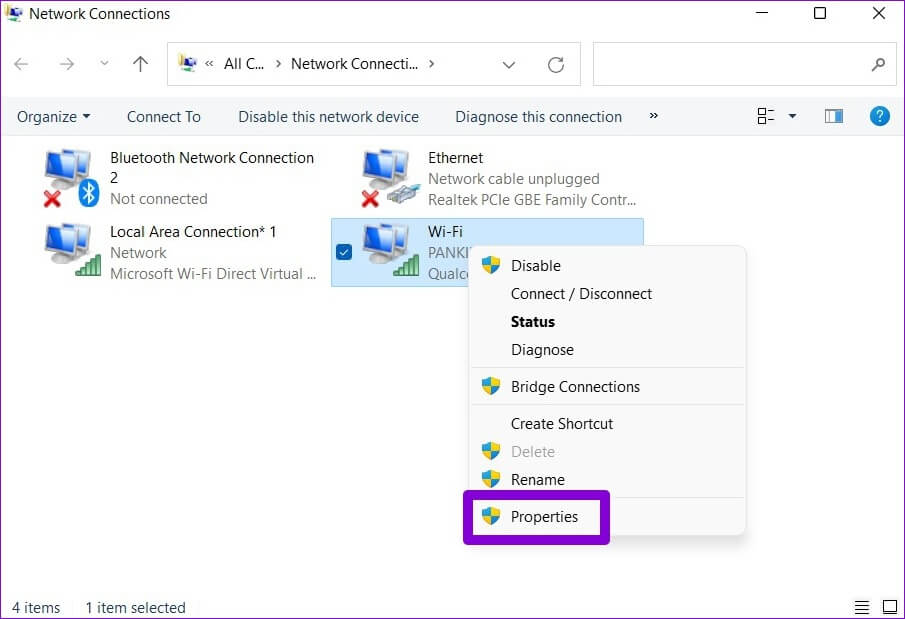
Step 3: On the Networking tab, double-click Internet Protocol Version 4 (TCP/IPV4).
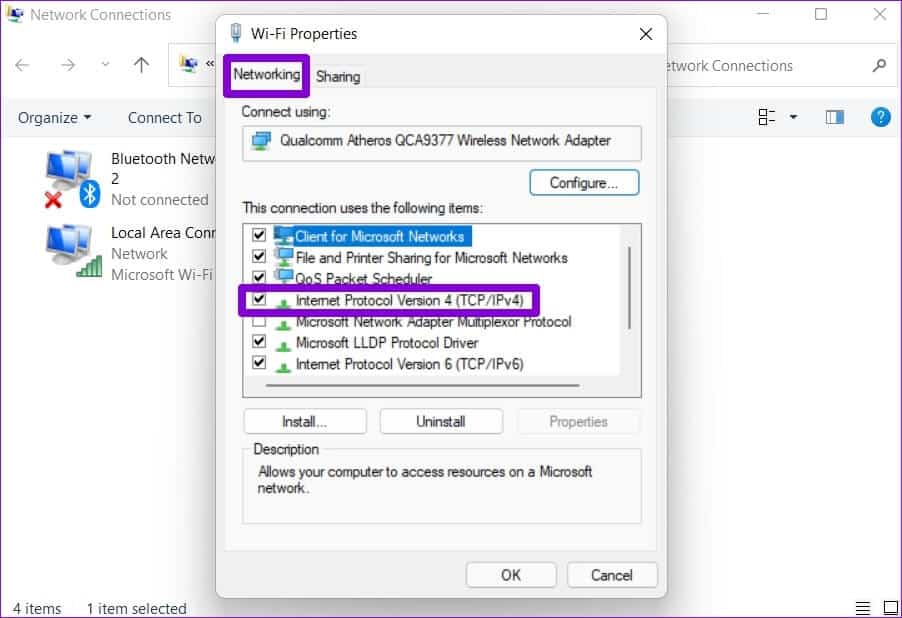
Step 4: Under the General tab, select Use the following DNS server addresses. For Preferred DNS server and Alternate DNS server, enter 8.8.8.8 and 8.8.4.4, respectively.
Finally, click “OK”.
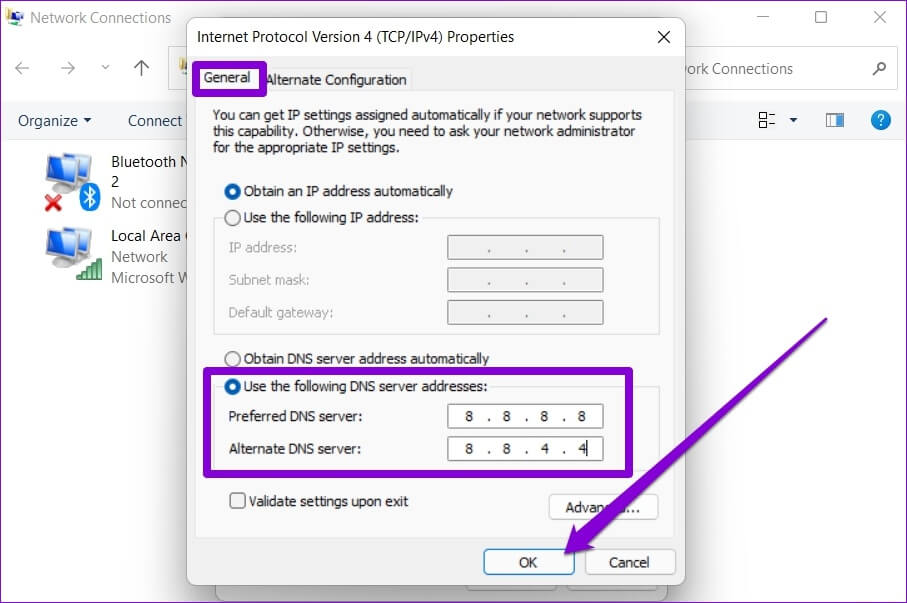
6. Boot your computer in safe mode.
A third-party app or service may be running in the background interfering with DNS and causing this issue. So, if nothing works, you can try Boot your computer into safe mode.
To boot Windows in Safe Mode, follow the steps below.
Step 1: Open the Start menu and click the Power icon.
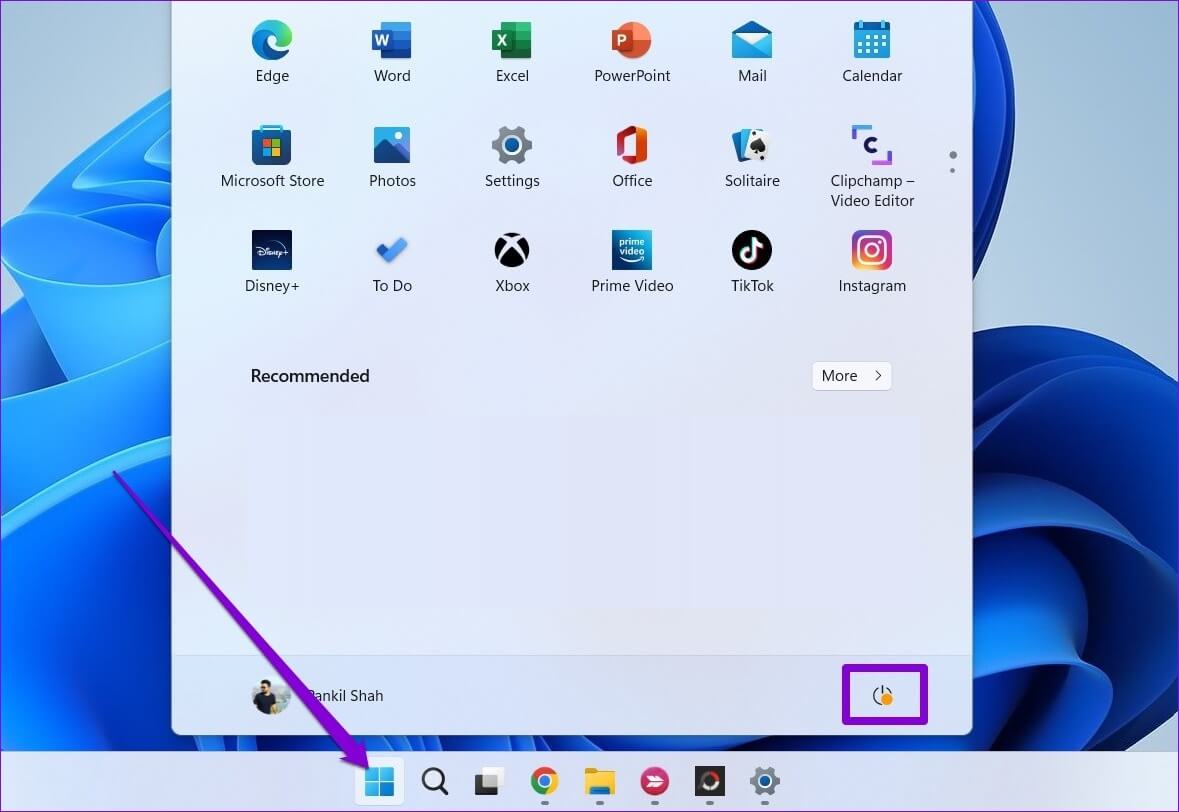
Step 2: Hold down the Shift key and select Restart.
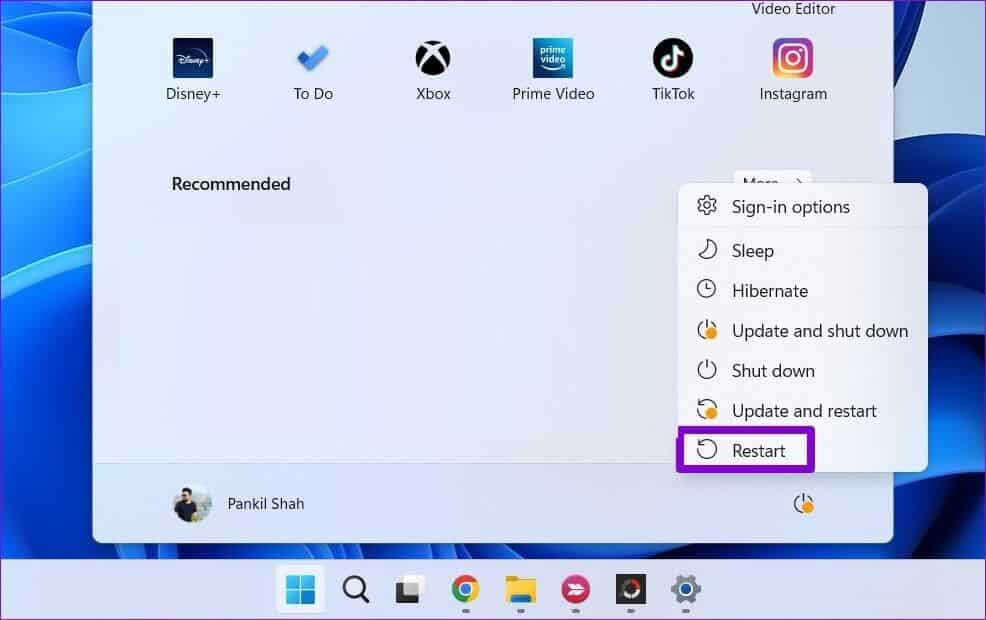
Step 3: After your computer restarts, you'll be prompted to select an option. Click Troubleshoot to continue.
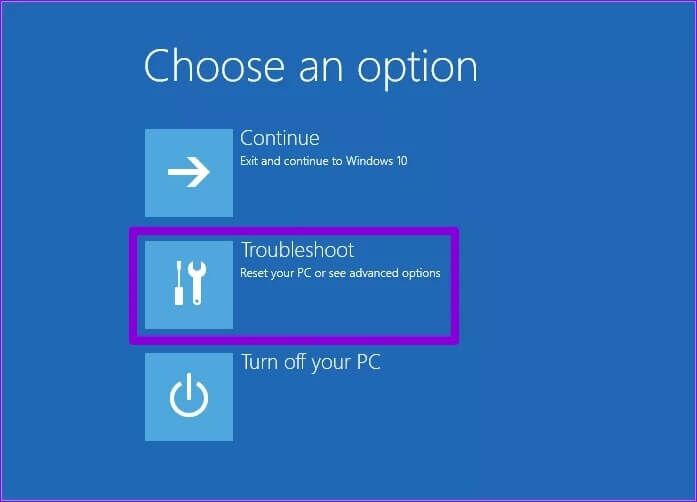
Step 4: Go to Advanced options.
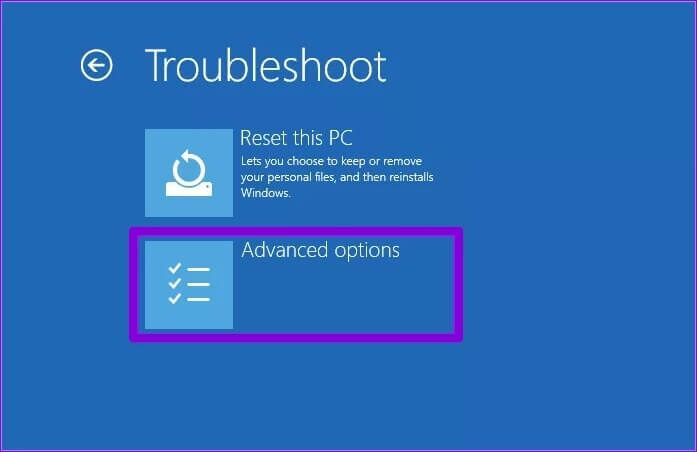
Step 5: On the Advanced Options screen, select Startup Settings.
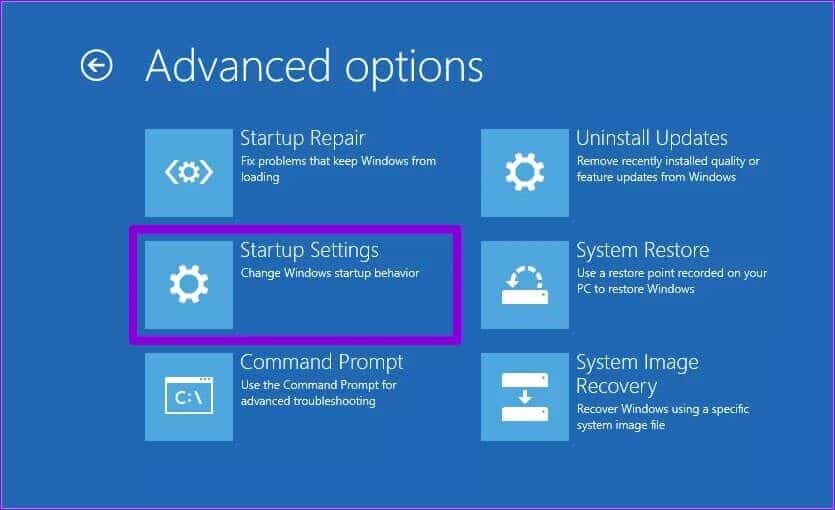
Step 6: Click the Restart button to visit the Startup Settings menu.
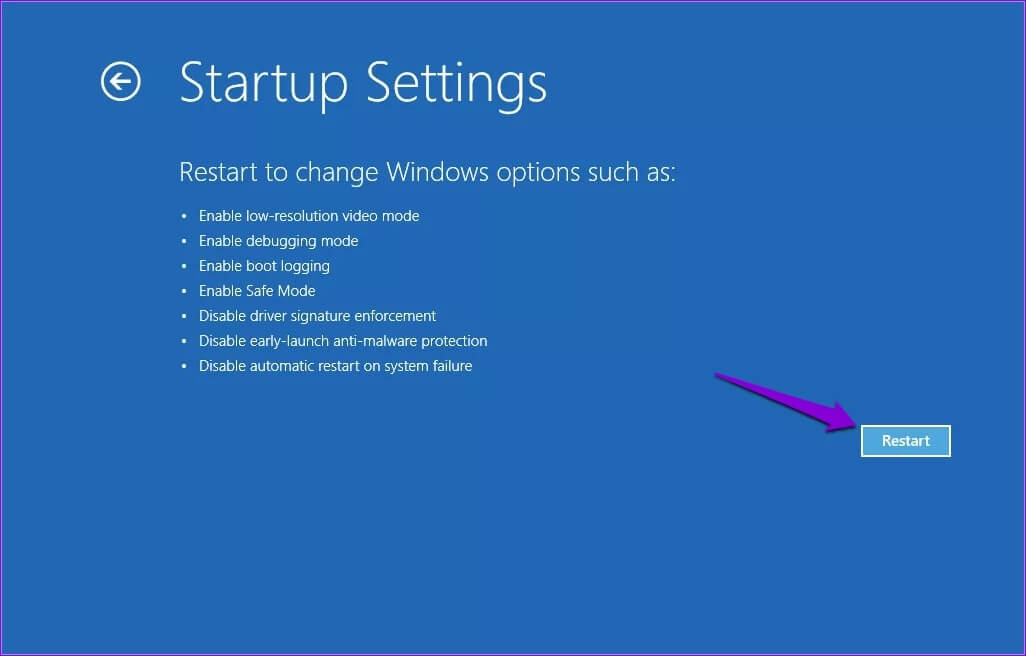
Step 7: Finally, press 5 or F5 on your keyboard to restart your computer in Safe Mode with Networking.
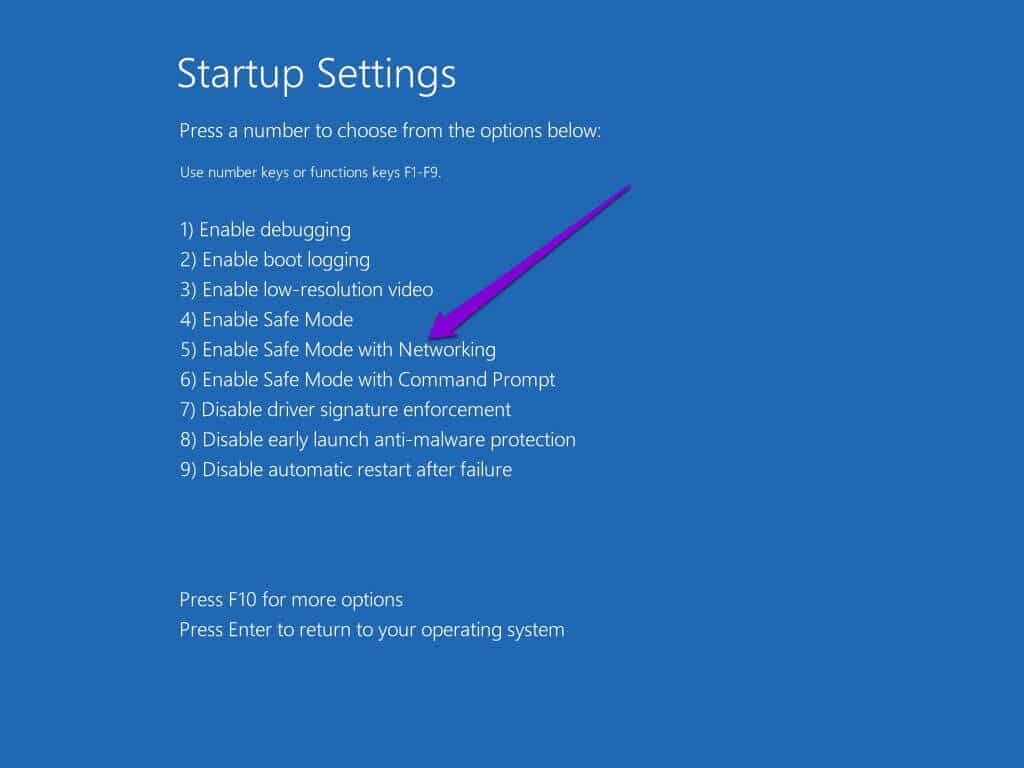
If the issue no longer occurs during safe boot, it's caused by a third-party app or service. You can either locate this app or service manually or Perform a system restore To go back to a point before DNS server issues first appeared.
Back on track
There's not much you can do on your Windows 11 PC without an internet connection. Such DNS server issues can prevent you from accessing the web and interrupt your workflow. Fortunately, fixing this isn't that difficult once you review the solutions above on how to fix DNS server unresponsiveness on Windows 11.


